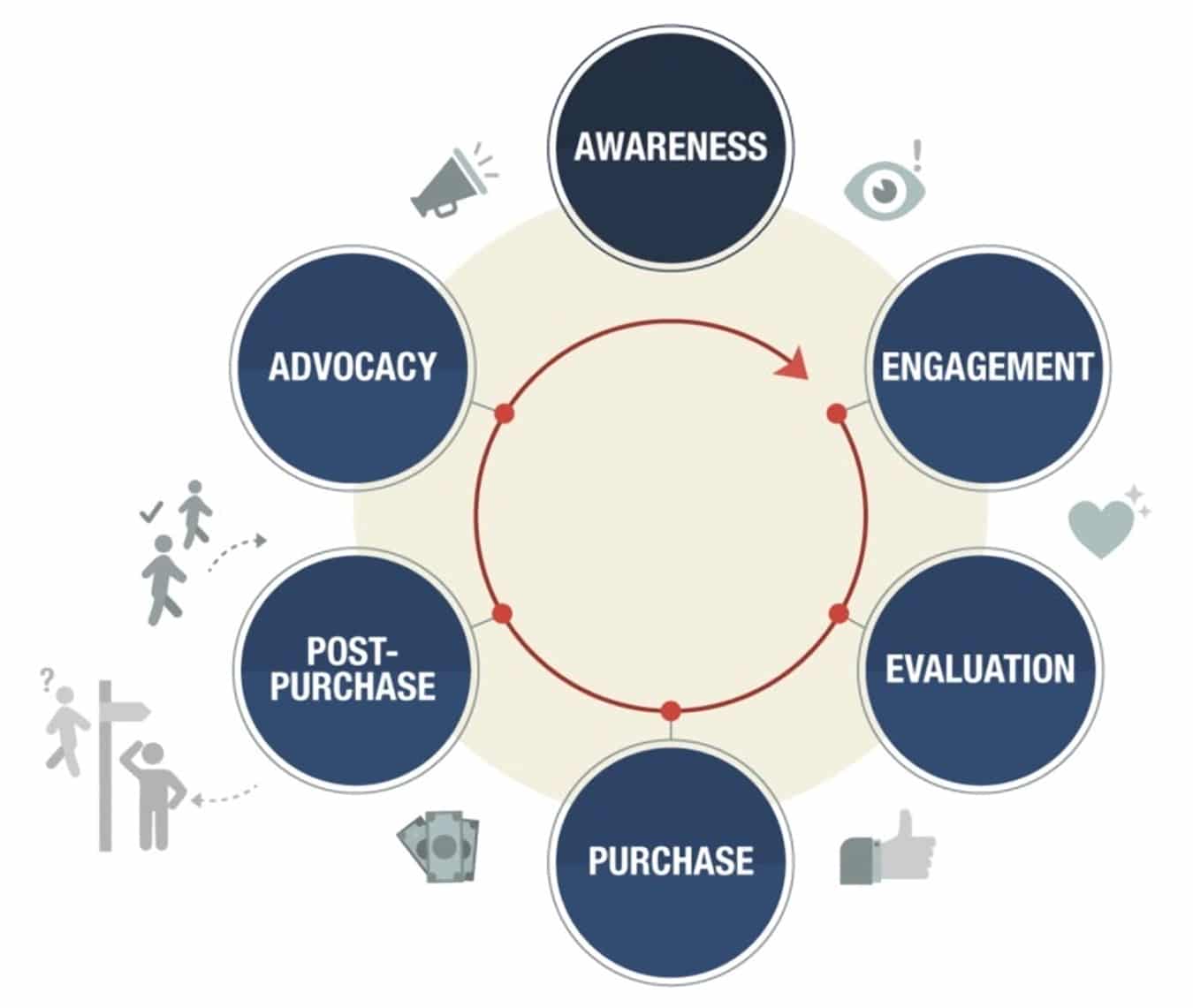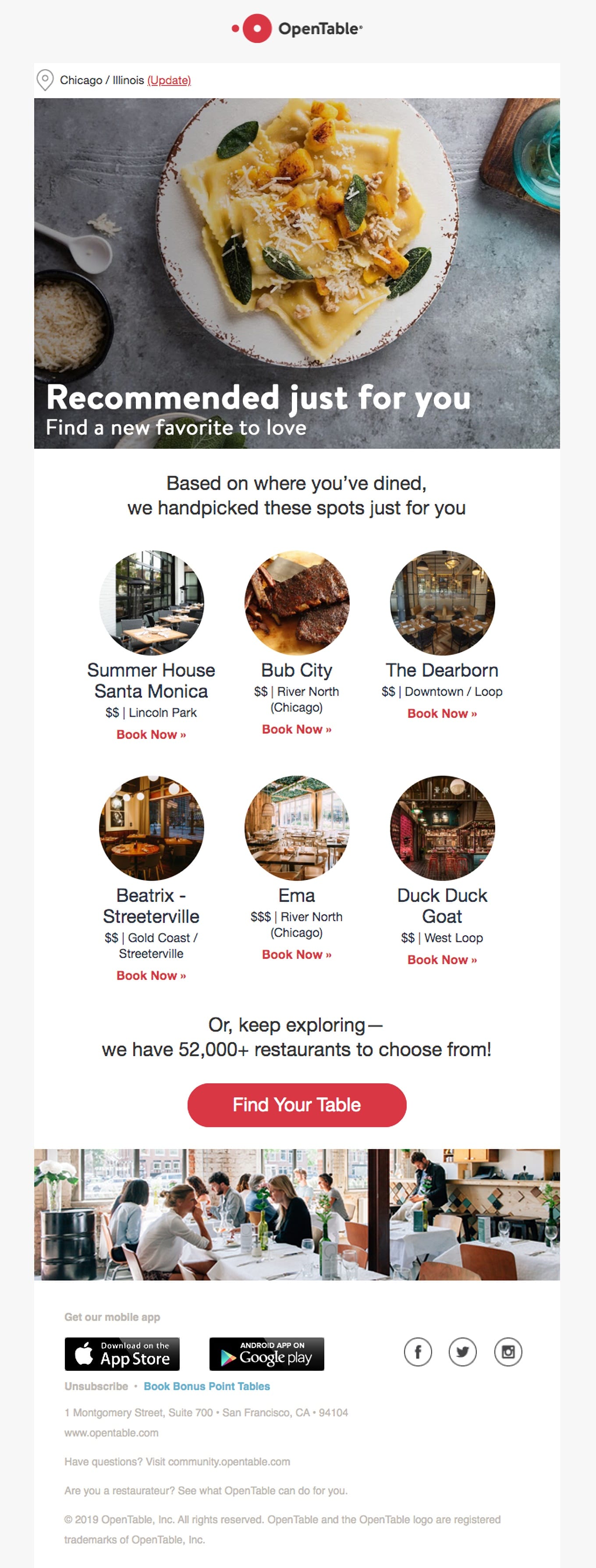Why Customer Journeys Should Evolve
It’s been fascinating to see how the notion of “customer journey” has developed over time. It’s a contentious issue, and there will always be differing perceptions of what the customer journey is.
The importance/relevance/existence of the customer journey is now determined by both the person’s job with the company and the brand itself.
Inferences regarding the consumer journey
Before we go into that, let’s make a few assumptions. To begin with, establishing a customer journey is not the same as identifying touchpoints. The trip is comprised of one or more touchpoints, each of which, although complimentary, has a fundamentally distinct purpose. Next, the customer journey and the customer experience are not the same thing. In comparison to the trip, the customer experience is more emotional. It investigates the motives, inspirations, and disappointments. If the trip focuses on the result, the experience focuses on the reason.
All three principles, in my view, must be evaluated both individually and together, since they all have an influence on your company, both individually and collectively. Consider a person who takes a practical approach to improving their health; they will not just change their diet or concentrate on exercising more often. Fundamentally, both are important contributions to general health: each has its own thoughtful strategy, and both must collaborate in the overall health plan.
Where to Begin When Designing a Customer Journey
The classic sales funnel used to describe the customer journey: a new contact enters your funnel, progresses through various stages before completing the conversion, and the cycle finishes.
The customer lifecycle concept should be applied to your customer journey as well. It not only allows you to keep in touch with your subscribers and customers on a regular basis, but it also shows them that you value them as individuals. In reality, firms who prioritize their customers’ journeys and have a customer experience attitude see 4-8% greater revenue than those that do not.

So, how can one prioritize their customer journey in order to produce a better customer experience? Here are some pointers to get you started.
All newcomers are cordially invited
You only have one chance to make a first impression. When someone new subscribes to your email newsletter and you send them an automatic welcome email, you show them you appreciate their time and trust in you. This is how you begin to create a positive customer experience with each prospective lead that subscribes to your list. Why is this significant? Seventy-three percent of customers believe that a positive customer experience is important in influencing their brand loyalty.
Sending a welcome email to each new member is the simplest method to make them feel appreciated, as shown by Tattly:

Individuals should be catered to through generating and distributing highly targeted, individualized content
It is important to emphasize that your consumers demand to be treated as individuals. This implies that sending generic emails to everyone on your email list is out.
Personalization is essential for the customer journey since it is what moves clients from one step to the next. When you develop and distribute tailored, highly relevant content to your subscribers, they are more likely to engage with your brand in the future. Approximately 36% of respondents said they were interested in acquiring customised items or services.

Experiment with seeing your brand as a nation.
Allow me a minute of your time and creativity. Consider your brand to be a nation, any country. Better yet, go ahead and create your own nation. For example, to the north would be flawlessly dusted mountains, to the south would be sun-drenched beaches, to the west would be rainforests, and to the east would be an oasis-strewn desert.
Consider the following:
- Touchpoints are your country’s infrastructure, which includes more than simply roads, buildings, and power supply. They also symbolize historical sites, natural elements and terrain, tourism attractions, political views, governments, and so forth.
- Customer journeys are the trips that are permitted to occur because your touchpoints exist. You may, for example, take a vacation, go grocery shopping, and vote for your President (or Prime Minister, or Queen or whatever hierarchy you have in place).
- Customer experience refers to how a country influences a person as a whole, at both the travel and touchpoint levels.
Now comes the key part: Just as a trip cannot occur without touchpoints, the touchpoints must be created with the journey in mind. Assume you’re creating a National Park on your country’s West Coast. From a touchpoint standpoint, you’ll need to go over every element of the National Park: the amount of lakes, tree varieties, suitable camping spots, entry and departure locations, and so on.
In essence, each voyage should be a perfect complement to the previous one, a smooth transition to the next, and a true depiction of the total experience.
Conclusion
Touchpoints, the customer journey, and the customer experience must all be properly defined for a brand’s marketing success, and each must be given the attention it deserves.
However, since a person’s judgment of how each is weighted (in terms of total relevance) depends on a variety of circumstances. It’s critical that everyone understands how they individually contribute to the broader vision, and this isn’t a one-time thing. This is a process that should never stop. It’s a real, live “thing.” It should shift, adapt, and evolve on the spur of the moment. Your brand will cease to exist the moment it ceases to evolve.
That being stated, here are a few pointers for creating great client journeys:
Everyone is welcomed with open arms.
Personalization is essential.






Recent Comments